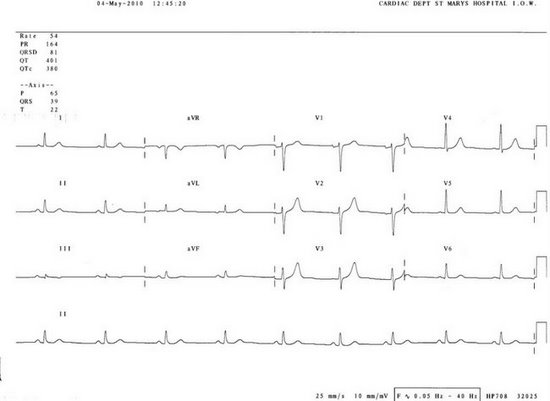
Reading The Ecg. This test can help determine the cause of symptoms you might be having or check the overall health of your heart. The ecg technique is one of the most important for clinical purposes. Leads ii and iii are negative. Lead iii has the most positive deflection and lead i should be negative.

Ecg paper is marked with a grid of small and large squares. The ekg is a printed capture of a brief moment in time. If each small box is equal to 0 04 seconds or 1 mm then the standard ecg speed is 1 mm per 0 04 seconds or 25 mm per second. Reading a basic ekg is not that hard. An electrocardiogram ekg or ecg is a test that records the electrical activity of your heart. This electrical activity is recorded on the ecg machine and is represented as a graph.
Lead i has the most positive deflection.
By positioning leads electrical sensing devices on the body in standardized locations health care professionals can learn information about many heart conditions by looking for characteristic patterns on the ekg. This means that when looking at the printed ecg a distance of 25 mm along the horizontal axis represents 1 second in time. The ecg technique is one of the most important for clinical purposes. Right axis deviation is associated with right ventricular hypertrophy. Reading a basic ekg is not that hard. It is a very helpful technique to determine heart abnormalities and heart pathological conditions like myocardial infarction angina pectoris ischemic heart disease arrhythmia chest pain etc.